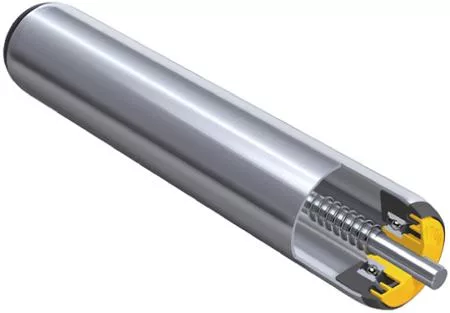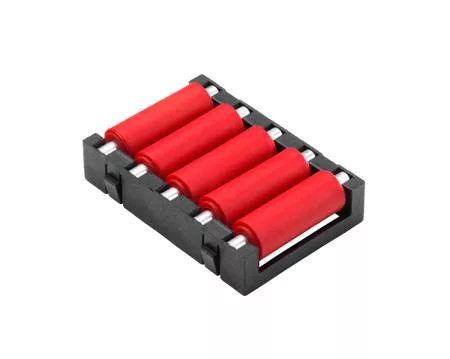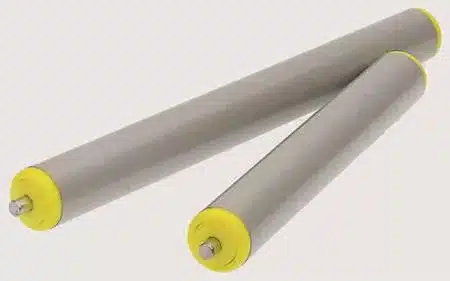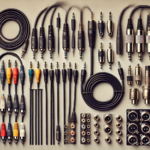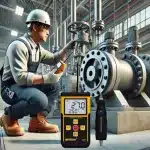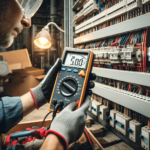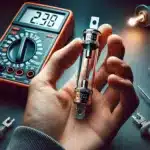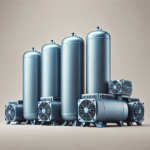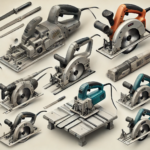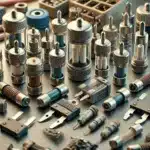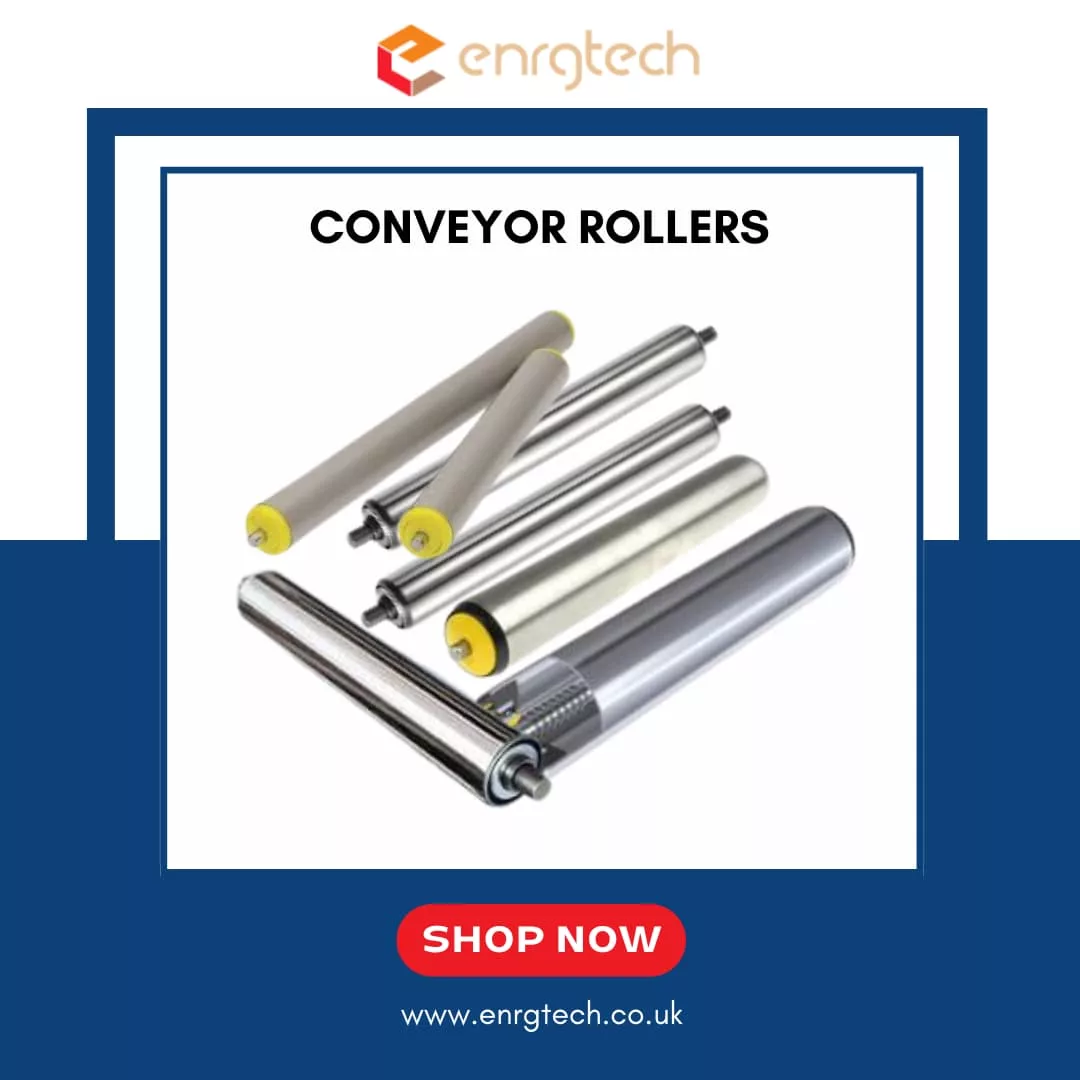
Introduction
Conveyor systems are indeed the backbone of modern industrial material handling systems. Also, businesses are constantly seeking efficient ways to improve efficiency and reduce costs. At the heart of these lie conveyor rollers, quality components that enable the smooth and continuous movement of goods. But how do they streamline industrial operations? This guide explains the pivotal role of conveyor rollers in optimising industrial processes, providing insight into their components, designs, diverse types, significance, and versatility across various sectors.
What are Conveyor Rollers? Definition and Key Components
Conveyor rollers, often referred to as conveyor belt rollers, are cylindrical bars designed to rotate to facilitate the smooth movement of items along a conveyor system. In addition, these rollers are mounted within conveyor systems and act as the rolling surface, reducing friction and allowing objects to be safely transported with minimal effort. A conveyor roller comes in various sizes and diameters, ranging from mere inches to several feet, depending on the load they intend to carry. Moreover, conveyor belt rollers are made from durable materials and are essential in various industries, including manufacturing, airports, mining, logistics, and warehouses.
The key components of a conveyor roller include a cylindrical body, bearings, and an axle. The cylindrical body provides a smooth surface for the items to travel on, while the bearings allow the roller to rotate with minimal friction. The axle provides support and stability to the roller, ensuring smooth and reliable operation of the conveyor system.
Why Do Conveyor Rollers Matter in Modern Industries?
Conveyor belt rollers are indispensable in modern industries that prioritise the efficient, safe, and smooth movement of goods and products throughout various stages of production and distribution. They reduce friction and manual labour and increase productivity. Conveyor rollers contribute to cost savings, improve safety, and optimise workflow by reducing the risks of lifting-related injuries and damage to products. Additionally, investing in quality roller bars is a smart, long-term investment that maintains quality control and keeps pace with consumer expectations.
Exploring Multiple Designs (Shapes) of Roller Conveyors
Roller conveyor bars come in a variety of shapes that can vary significantly depending on the specific application and the type of material being conveyed. Some standard shapes include:
Straight (In-Line): The most basic type, straight rollers, are used to transport items in a straight line. They are simple to design and install, making them suitable for various applications.
Curved: Curved rollers are built to transport items around corners or obstacles. They use tapered rollers that are wider on the outside than the inside, allowing items to follow the curve smoothly.
Spiral: Spiral models can transport items vertically, either up or down. Furthermore, they comprise a series of rollers arranged in a spiral pattern, allowing items to move smoothly and efficiently.
Flexible (Expandable): These conveyor sections can be extended, contracted, or bent to varying degrees.They are often fitted with castors for easy mobility.
Ball Transfer Tables: These conveyors use ball bearings instead of rollers, allowing items to move in any direction. They are ideal for applications where items need to be rotated or positioned precisely.
Merge and Diverge: These are specialised conveyors designed to converge multiple lines of product into one line or diverge a single line into multiple lines.
Most Popular Types of Conveyor Rollers You Should Know
Conveyor rollers are classified into several types based on their drive type or function, materials, load capacity, and applications. Some standard conveyor roller types include:
Based on Load Capacity and Structure
Heavy-duty, medium-duty, and light-duty rollers are examples of rollers based on load capacity, while grooved rollers, tapered, sprockets, and V-guide rollers are types based on structure. Each type suits specific industrial needs.
Based on Functions/Drive Mechanism
Based on rollers’ function, they come in the following forms:
Gravity Rollers – These rollers operate without external power, relying on gravity and manual force to move goods. Moreover, they are commonly used in packaging and assembly industries and are suitable for lightweight packages.
Motorised Rollers – Motorised roller conveyors are powered by internal motors and are used in automated conveyor systems. They are ideal for handling heavy loads at variable speeds and are essential in industries like mining, automotive, and electronics.
Impact Rollers – Located at the loading points, impact rollers help absorb the shock and impact of loading materials onto the conveyors. Additionally, they extend the conveyor system’s lifespan by preventing damage to the belt.
Guide Rollers – Guide rollers ensure that the conveyor belt moves straight and prevents it from drifting off its specific path. They are essential for maintaining the alignment of the belt.
Based on Materials
Conveyor rollers come in various types based on materials, such as:
Steel Rollers – Steel rollers are strong and durable, making them suitable for heavy-duty applications. However, they are often coated with zinc or other materials to enhance corrosion resistance.
Stainless Steel – Stainless steel rollers offer excellent corrosion resistance and are ideal for food processing, pharmaceutical, and other hygienic environments.
Aluminium – Aluminium rollers are lightweight and offer good corrosion resistance. In addition, they are often used in applications where weight is a concern.
Plastic Rollers – Plastic conveyor rollers are made from lightweight plastics, like polyurethane or PVC, and offer varying degrees of abrasion resistance and load-bearing capacity.
Rubber Coated Rollers – Rollers can be coated with rubber to provide a non-slip surface, reduce noise, and protect delicate materials.
Importance of Proper Roller Selection and Maintenance
Choosing the right conveyor belt rollers is crucial for reliable and desired operations. This typically involves considering various parameters, including the load capacity, material compatibility, operating environment, and desired speed. Proper maintenance is equally important to reduce friction, noise, premature wear, and even system failure. Regular inspections, such as lubrication and replacement of worn or damaged rollers are essential to prevent downtime and ensure the longevity of the system.
Industries That Rely on Conveyor Rollers
Conveyor rollers are essential components in material handling and automation, serving various industries, including:
Logistics & Warehousing – Move packages for sorting and shipping.
Construction & Mining – Transport heavy raw materials.
Retail & E-commerce – Facilitate order processing.
Food & Beverage Industry – Ensure hygienic transportation.
Pharmaceutical & Medical – Producing and packaging of medicines.
Airport Baggage Handling – Sort and transport luggage.
Final Thoughts
Conveyor rollers are truly indispensable in modern industrial environments. They bear heavy loads, facilitate swift movement, and operate around the clock across various sectors. With the right conveyor model and a solid maintenance plan in place, businesses can streamline their operations and foster a safer working environment, ultimately enhancing profitability.






